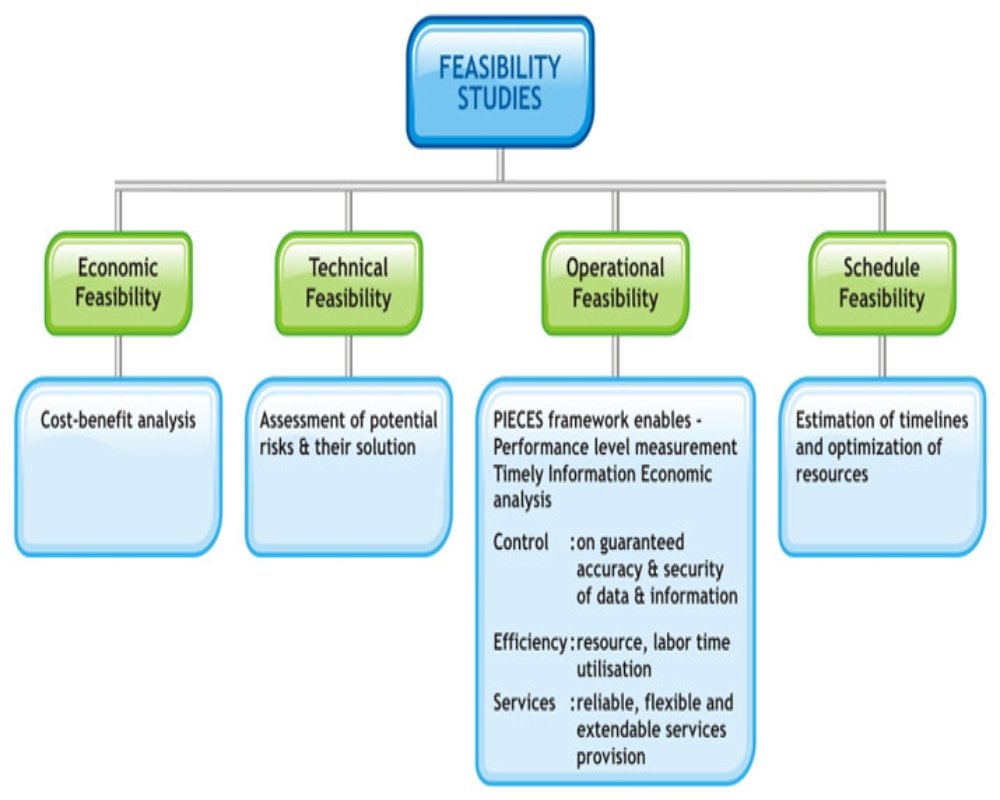Introduction
Vertical expansion refers to the addition of floors or structures above an existing building to increase usable space. This strategy is increasingly considered in urban environments where land is scarce, property values are high, and zoning regulations allow for greater building heights. It provides an opportunity to add value to existing assets without acquiring new land, making it a potentially lucrative development option. However, determining the feasibility of vertical expansion involves a careful and multidimensional evaluation of structural, regulatory, logistical, financial, and market-related factors.
Structural Feasibility
One of the foremost considerations in vertical expansion is the structural capacity of the existing building. Not all buildings are designed to support additional loads above the original height, especially older structures built under outdated codes or with limited reinforcement. Engineers must assess the foundation, columns, beams, and load-bearing walls to determine whether they can handle the weight of new construction. This may involve non-invasive testing, structural modeling, and comparison against current building codes. In some cases, structural retrofitting may be required, adding both complexity and cost to the project.
Zoning and Legal Considerations
Vertical expansion is only possible if permitted by local zoning laws and building regulations. Municipal zoning codes set limits on height, density, floor area ratio (FAR), and building use. Developers must ensure the proposed expansion complies with these limits or pursue variances, rezoning applications, or density bonuses. Historic districts or view protection corridors may also impose height restrictions. Additionally, any expansion must meet modern safety standards, including those for fire resistance, seismic performance, and accessibility.
Infrastructure and Building Systems
Adding new floors places additional demand on a building’s core infrastructure. Systems such as plumbing, electrical, HVAC, fire suppression, elevators, and structural egress must be evaluated for adequacy and, if necessary, upgraded. The feasibility of vertical expansion depends on the ability to scale these systems efficiently without extensive disruption to existing operations or tenants. Elevator shafts, stairwells, and mechanical systems may need to be extended or reconfigured to service new levels, which can require significant alterations to the existing structure.
Construction Logistics and Occupant Disruption
Executing a vertical expansion project is logistically challenging, particularly if the building is already occupied. Construction above an active property must minimize noise, dust, and safety risks while maintaining normal operations for tenants or residents below. Site access, material delivery, crane operations, and staging areas must be carefully planned. Developers must also consider the temporary relocation of occupants or phased work schedules to mitigate disruptions, which can affect timelines and costs.
Financial Feasibility and Return on Investment
From a financial standpoint, vertical expansion must generate a return that justifies the capital outlay and potential risks. Developers must conduct a thorough cost-benefit analysis, factoring in construction expenses, structural reinforcements, design and permitting costs, temporary tenant accommodations, and infrastructure upgrades. These costs are weighed against anticipated revenue from leasing or selling the new space. In high-demand urban markets, the premium for additional space may support a strong financial case for expansion. However, in weaker markets, the costs may outweigh the benefits, making horizontal or adaptive reuse strategies more appropriate.
Market Demand and Strategic Alignment
Even if technically and financially feasible, vertical expansion must align with current and projected market demand. A thorough market study should assess whether the added space—whether for office use, residential units, or retail—is likely to be absorbed at profitable rates. If market conditions indicate strong demand and limited supply in the area, vertical expansion becomes a more viable and strategically sound investment.
Conclusion
Vertical expansion feasibility is a complex and multidisciplinary assessment that combines engineering analysis, regulatory review, infrastructure planning, financial modeling, and market research. When conditions align—particularly in dense, high-value urban areas—it can be a powerful tool for maximizing the utility and profitability of an existing property. However, success requires careful planning, stakeholder coordination, and a comprehensive understanding of both the opportunities and challenges involved. As urban development continues to prioritize density, sustainability, and smart growth, vertical expansion will play an increasingly important role in shaping the future of city skylines.
Hashtags
#VerticalExpansion #FeasibilityStudy #BusinessGrowth #MarketAnalysis #StrategicPlanning #ExpansionStrategy #BusinessDevelopment #GrowthOpportunities #OperationalEfficiency #InvestmentPotential #RiskAssessment #Scalability #IndustryTrends #FinancialForecasting #ResourceAllocation #CompetitiveAdvantage #Sustainability #Innovation #LongTermGrowth #SuccessStrategies


